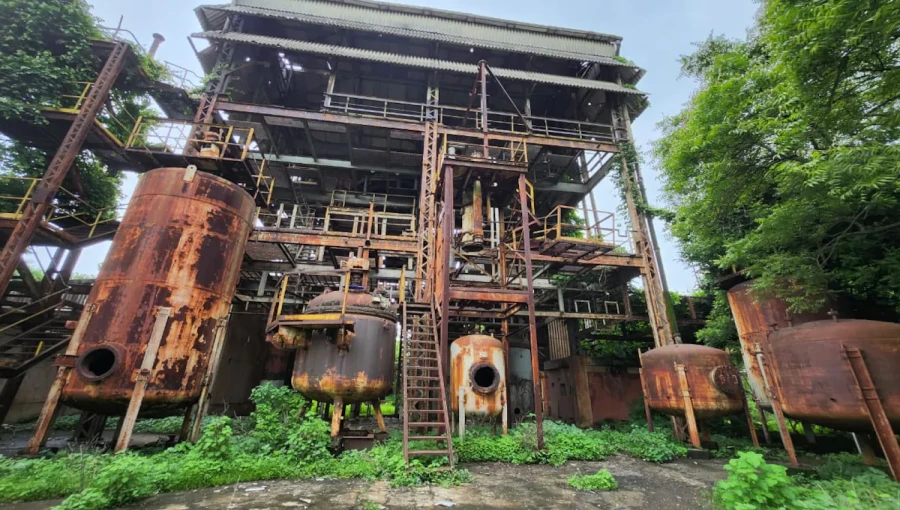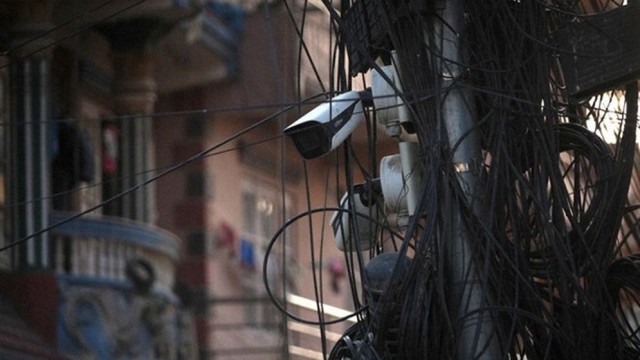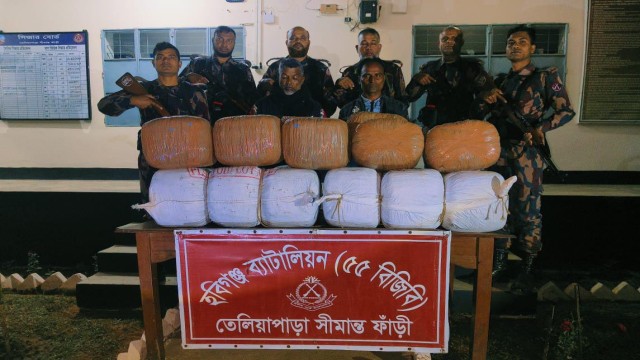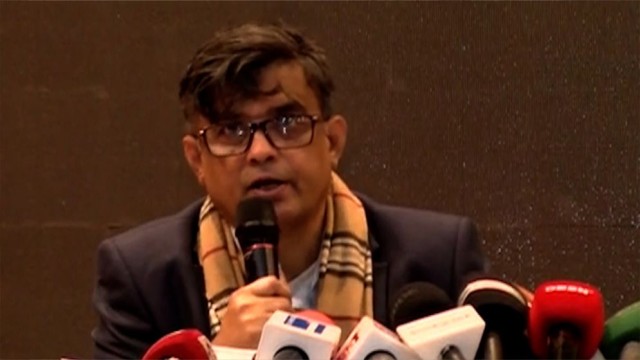NEW DELHI, Jan 2, (V7N) - Indian authorities have begun moving hundreds of tonnes of hazardous waste, more than 40 years after the world’s deadliest industrial disaster devastated the city of Bhopal.
The toxic waste, a lingering legacy of the Union Carbide gas leak in December 1984, has long been blamed for contaminating groundwater and causing severe health problems for local communities.
On the night of December 2, 1984, a tank storing 27 tonnes of methyl isocyanate (MIC), a highly toxic chemical used in pesticide production, ruptured and released poisonous gas into the air. The immediate impact killed 3,500 people, and the overall death toll is estimated to have reached 25,000.
A Long-Delayed Cleanup
Late Wednesday, a convoy of about a dozen trucks carrying 337 tonnes of hazardous waste sealed in containers departed for a disposal site 225 kilometers away in Pithampur. The waste is set to be scientifically incinerated, according to Swatantra Kumar Singh, the state gas relief and rehabilitation department director.
"The convoy has been fortified with the highest security protocol ever witnessed in the movement of industrial waste in the country," Singh told the Times of India.
The order to clear the waste came in December 2024, following the 40th anniversary of the disaster, from the Madhya Pradesh High Court. Chief Justice Suresh Kumar Kait criticized authorities for their inaction, reportedly asking, "Are you waiting for another tragedy?"
Impact on Local Communities
Testing of groundwater near the Union Carbide factory site has revealed contamination levels of cancer- and birth defect-causing chemicals up to 50 times higher than what is deemed safe by the US Environmental Protection Agency.
For decades, residents of Bhopal have reported a range of health issues, including cerebral palsy, speech and hearing impairments, and other disabilities. They attribute these conditions to groundwater contamination stemming from the disaster and its aftermath.
Moving Forward
The movement of the waste marks a significant step in addressing one of the disaster’s most enduring legacies. However, activists and local communities have criticized the decades-long delay in addressing the contamination and its health impacts.
Despite this progress, the Bhopal tragedy remains a somber reminder of the devastating consequences of industrial negligence and the enduring challenges of environmental justice.
END/WD/RH/






























Comment: